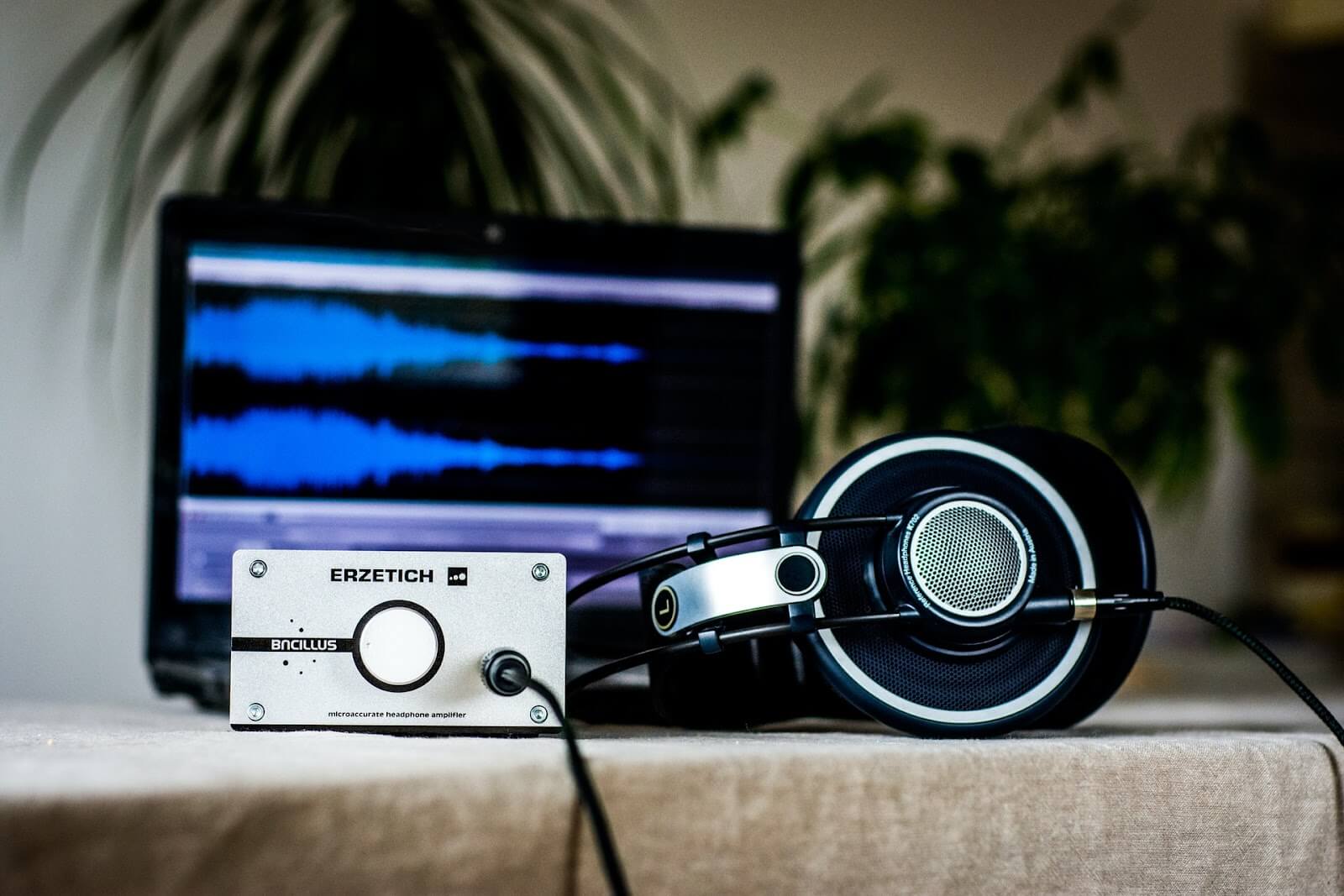
What Is Headphone Impedance?
If you’ve ever been shopping for headphones, you may have come across the term Impedance in the list of specifications on the back of the box or its product page. Impedance is an important factor to take into consideration when deciding on which headphones you want to purchase.
Before we get into the different impedance ratings and how it affects your purchasing decisions, let’s go over what the term impedance actually means.
If you’d like to watch a video on this topic, below, you can check out our Dekoni U video where we discuss impedance and how it affects your headphones.

What is Impedance?

To put it simply, impedance is the amount of electrical resistance in your headphones. All headphones have a built-in resistance to the electrical current or audio signals passing through them. This built-in resistance stems from the type of materials used in the headphones — such as the amount of copper used in a driver.
The more impedance, or resistance, in your headphones, the more power your audio devices — such as your phone, computer, or digital audio player — needs to deliver to your headphones.
Impedance is measured in Ohms, which is calculated by the ratio of voltage to current. Essentially, impedance affects the current in which the voltage, or power of an audio signal, passes through.
To help you better understand, let’s say you’re at the gym and using resistance bands to warm up your legs. You decide to tie the band around your ankles and side shuffle across the room. In this case, the resistance band would be the headphone impedance and the energy you’re using to get to the other side of the room would be the audio signal or voltage. The band simply adds resistance, causing you to deliver more energy to get to the other side.
Impedance doesn’t only exist in your headphones. The electrical current that sends the audio signal to your headphones is also affected by the impedance in your audio device.
There are two things to keep in mind when deciding on headphones best suited for you — the amplification capabilities and output impedance of your audio source, and whatever audio source you’re using needs to be compatible with your headphones.
This brings us to the concept of ‘impedance matching’ and how this will ultimately affect your headphone listening experience and purchasing decisions.
Impedance Matching

Impedance matching is all about matching your audio source’s output power capacity with your headphone’s impedance.
Note that when we say impedance matching, we don’t mean that both your headphones and audio source need to have the same amount of impedance. Instead, they should be complementary to each other.
In order to match the impedance of your headphones and audio source correctly, you want the impedance of your audio source to be significantly lower than the impedance of your headphones.
The general rule of thumb is that the impedance of your audio source’s output should not pass one-eighth of the impedance of your headphones. This is known as the damping factor. Exceeding this guideline can significantly affect the volume output and even the frequency response of your headphones.
For example, if you have headphones with an impedance of 32 ohms, then a headphone amp with an impedance of 4 ohms would work perfectly with them.

It’s also important to note that low impedance headphones — (roughly below 50 ohms) — are best suited for your portable devices. Your phones, computers, and other low-voltage devices have a small enough output of power for your headphones to handle.
High impedance headphones — which are typically greater than 50 ohms — usually require audio devices with stronger amplification to perform their best. If you’re looking to do some recording in the studio or upgrade your Hi-Fi set, it would be best to invest in higher impedance headphones.
If you’re still wondering what the best types of headphones would be for certain applications, the general guideline is:
For mobile applications, it’s recommended to be between 16–50 ohms
For studio and Hi-Fi use, it’s recommended to have a range of 60 ohms or more
For DJing, it’s recommended to be at least 60 ohms.
And for in-ear monitoring, it’s recommended to fall between 16-50 ohms.

Some headphones — such as the Beyerdynamic DT 770 PRO — are available in different impedance levels. These high-quality and popular headphones generally come in three different levels of impedance — 32, 80, and 250 ohms. Each pair of headphones is made for different usages.
Remember, it’s important to note that the output impedance levels of your audio source will directly affect the performance of your headphones. Headphones with low impedance are more susceptible to “blowouts”, which is where your headphone driver malfunctions due to an overload of voltage. This is because the lower resistance can’t handle the amplification generated by more robust audio devices — such as a dedicated headphone amplifier.
So, pay close attention to your headphone’s impedance levels before purchasing as it could make or break your audio listening experience.
Conclusion
Hopefully, you were able to gain a better understanding of impedance and how it affects your headphones. It’s important to note that although impedance is an important headphone specification to know, there are many other factors — such as sensitivity, frequency response, driver size, and more — that can help you determine the best-suited headphones for you. We’ll talk more about that in future posts and videos.
In the meantime, if you’re someone looking to improve the sound and comfort of your headphones, we have a variety of headphone accessories — including attenuation kits and upgraded earpads — that can allow you to modify your headphones as you pursue the perfect listening experience. For more information on this, check us out at Dekoniaudio.com.






